 Click
for Site Directory
Click
for Site DirectoryPawlett Barrage Balloon Hangar- An Interview with Tom Flack
I recently had the pleasure to meet up with Tom Flack of the village of Pawlett. Tom is 93 years of age and a veteran of the Burma campaign. Tom was a mine of information and his story deserves a wider audience.
I had been researching into the structure that lies at the end of the village of Stretcholt, Pawlett. It is well known that it was used for carrying out research into Barrage Balloons during World War II. My interest was sparked by Rex Haggett who gave me a fascinating article about the events he witnessed there in World War II. I posted Rex's article up on this site and was contacted by a number of people who wanted to tell me their story.
Tom was working for the Royal Aircraft Establishment as a civilian based at Mildenhall, Suffolk. They were carrying a host of experiments into air defence strategies. One project that was important was to see how British planes might counter the threat from German Barrage Balloons. In 1939 it was thought that the area north-west of Exeter would be reasonably safe from German air attacks. A Professor G.T.R Hill evacuated certain experimental detachments here and the first to arrive came from the Royal Aircraft Establishment (RAE) at Farnborough. Professor G.T.R Hill ( who I believe was Captain G.T.R. Hill in World War I ).of the RAE planned to use Exeter as a base. In 1923, Professor G.T.R. Hill, began his investigations into the questions of control and the problems of designing a safe airplane. Hill studied sea birds and concluded that they used wing warping and changes of wing camber rather than their tails for longitudinal control in normal flight. From this base he and his staff could carry out flying experiments in an out of the way sleepy hamlet away from the gaze of German spies.
They wanted to fly aircraft into balloon barrage cables in order to test countermeasures with the idea of cutting through the cable. Professor Hill was an experienced aviator and scientist, he had been a test pilot at Farnborough in 1916. He knew more than anyone about the dangers of aircraft stalling in flight. G.T.R. Hill's appreciation for the dangers associated with stalling an airplane stemmed from his early days as a test pilot for the Royal Aircraft Factory at Farnborough, England, in 1916. He was concerned over loss of life in the Royal Air Force due to stall/spin accidents. The concept of preventing a plane from stalling was paramount in surviving a collision with a German Barrage Balloon cable. Hill knew from experiments what sort of damage these cables could do and once the aircraft had struck the cable it was almost certain death.
The town of Exeter was ideal as the RAE staff could be housed in the university there and the university had new chemistry and physics laboratories with experts staff manning them. In addition there was a local engineering firm Willey & Co Ltd who were very experienced engineers and were able to manufacture the various types of test equipment with secrecy and care. The aircraft brought to Exeter were a the Fairey P4/34 prototype (K5099),Vickers Virginia (J7130), Vickers Wellesley (L2716), 3 Fairey Battles and a Handley Page Harrow. Some work was carried out on ground trials of cutting equipment and devices at Haldon which was also requisitioned for the RAE.
It is important to understand the principle and simple fact that the accuracy of German bombers was good when they could dive bomb straight down onto the target. Just as the diving aircraft reached 2,750 feet a cockpit alarm would sound and the pilot knew he had to release his bombs and pull out of the dive immediately. It was the concept of hidden cables that might well trap the dive bomber on the way out. There were not many "suicidal" German dive bomber pilots to be had. The thought of hitting a cable on the way up from the attack was certain death. In this way the deterrent of the Balloon Barrage around vital targets reduced such attacks.
Tom Flack - all photographs courtesy of Tom Flack and Family
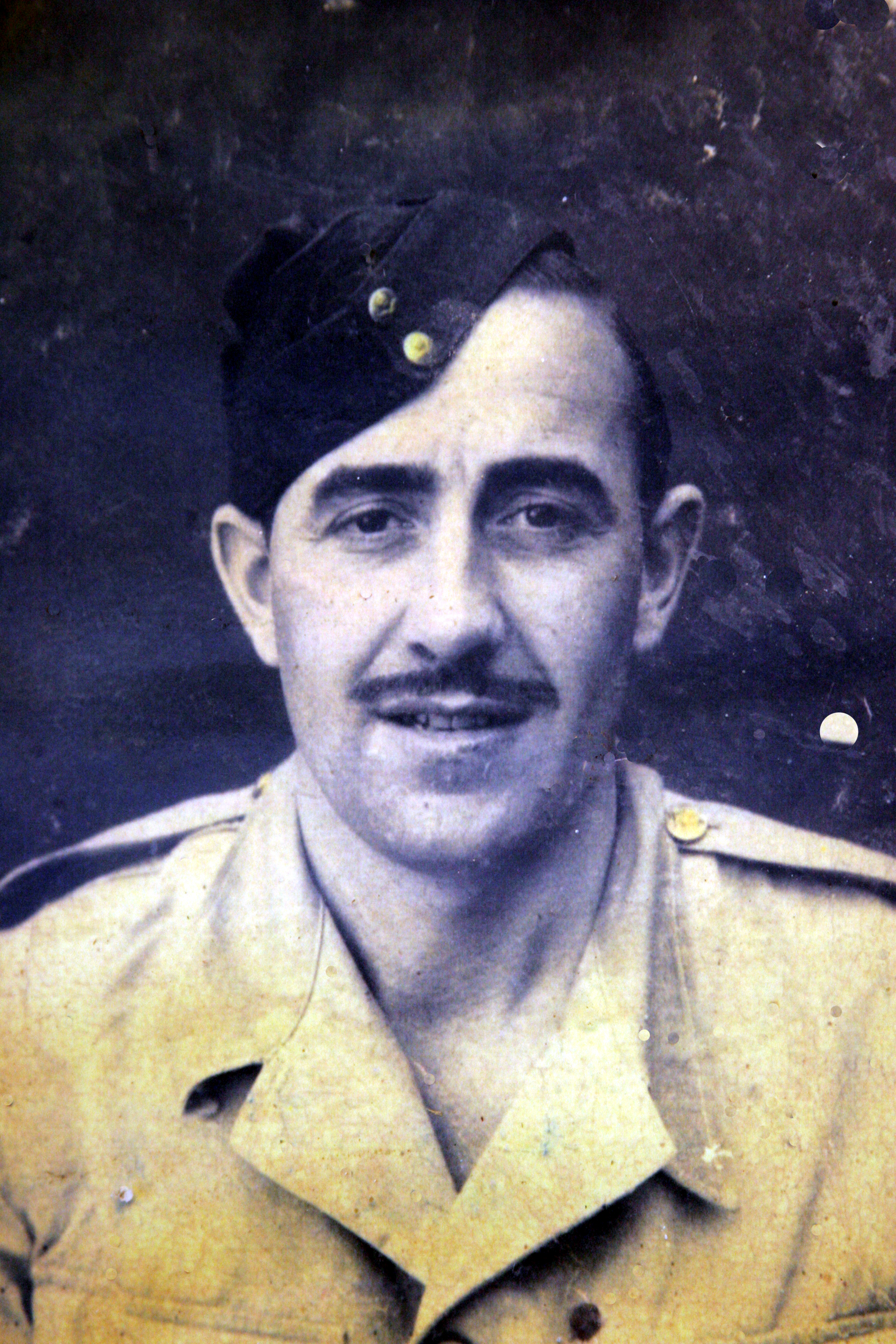
Tom Flack in 1941
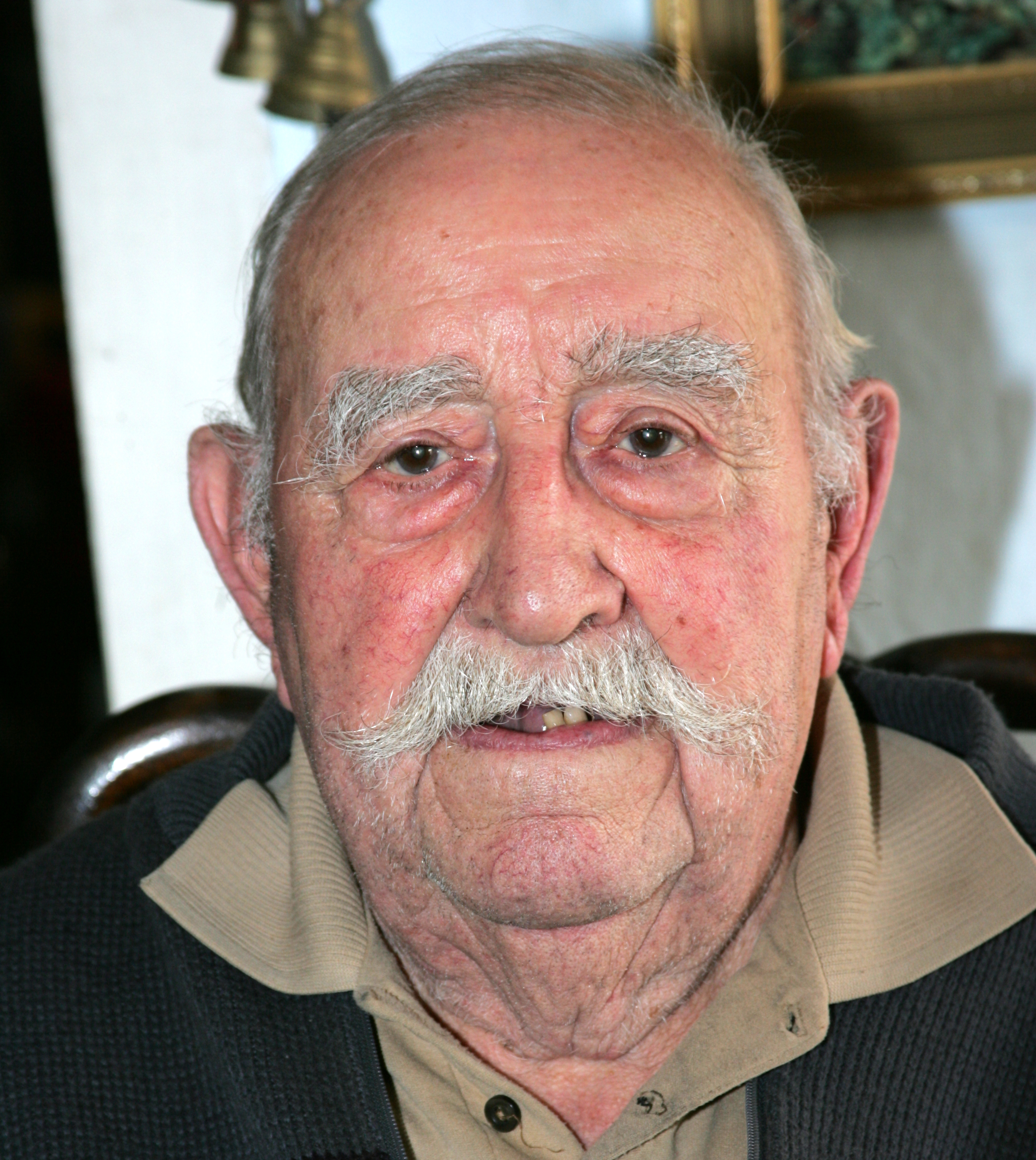
Tom Flack in 2006 aged 93
Tom explained that as a young man he worked with the RAE at Elvedon Estate, the stately home of Lord Ivor. He showed me some interesting photographs of a large chalk pit on the Estate at Eriswell which allowed an enormous balloon one of which was certainly an old WW I Caquot design to be sheltered in the bottom of the chalk pit and protected from the winds and storms. It was apparent that since the balloons needed to be inflated all the time it was essential that they be housed and protected in a large hangar, as a chalk pit was still problematic. When the RAE realised they were best moved away from the risk of bombing Tom was told that the entire unit was to drive to Exeter. The unit set off in a convoy for overnight travel and Tom as a civilian had to make his own way across country to some unknown town called Exeter!! It was standard procedure for all towns and villages to have their road signs taken down as a countermeasure against any invading troops. Tom took hours getting across country with no road signs to follow only instinct and asking the way got him there in the end.
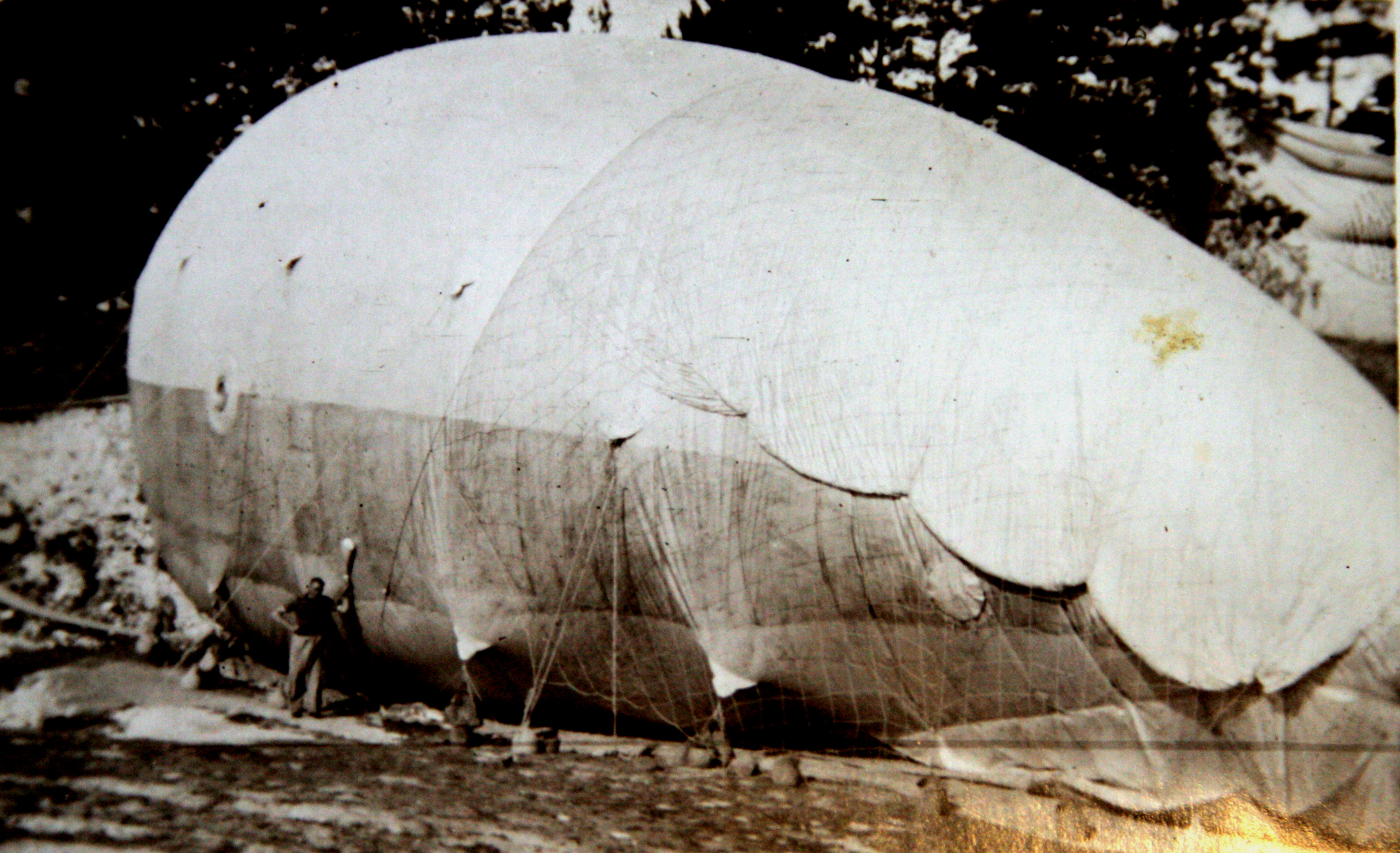
A youthful Tom Flack stands in a chalk pit at Elvedon with a "R" type Observation Balloon.
It is obvious that this is an enormous balloon compared to the sizes that were used for routine barrage balloon work in WW II. Note the trees sheltering the edge of the pit and on the top right hand corner one can see the tarpaulin acting as an additional windbreak. These balloons were flown at Lakenheath Warren in 1939.
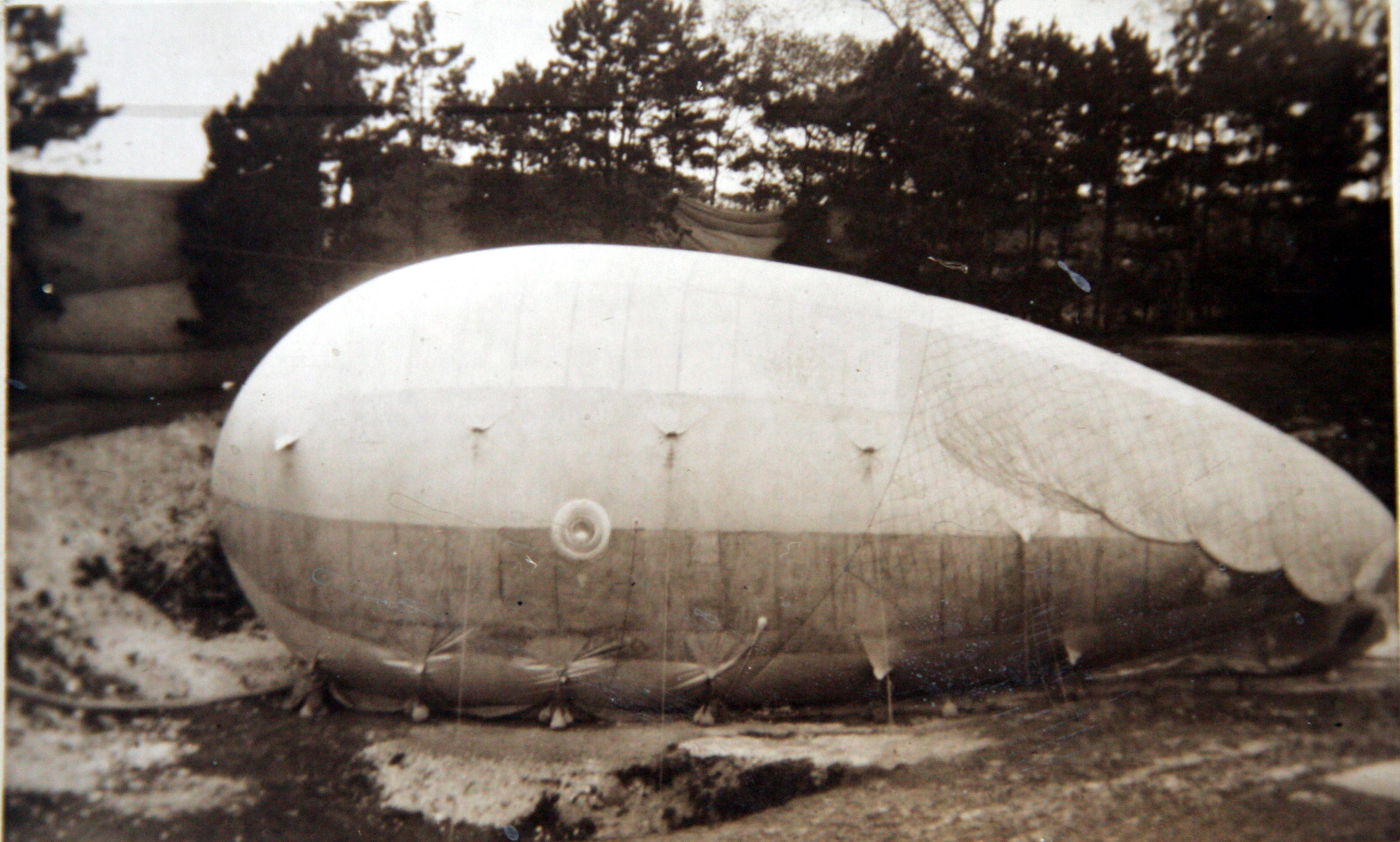
A British Experimental "R" Balloon partly netted and sheltering in a chalk pit at Elvdon. One can see the tarpaulin placed around the edge of the pit. These are huge balloons. When flown for observation purposes the balloons had special baskets slung underneath to accommodate observers.
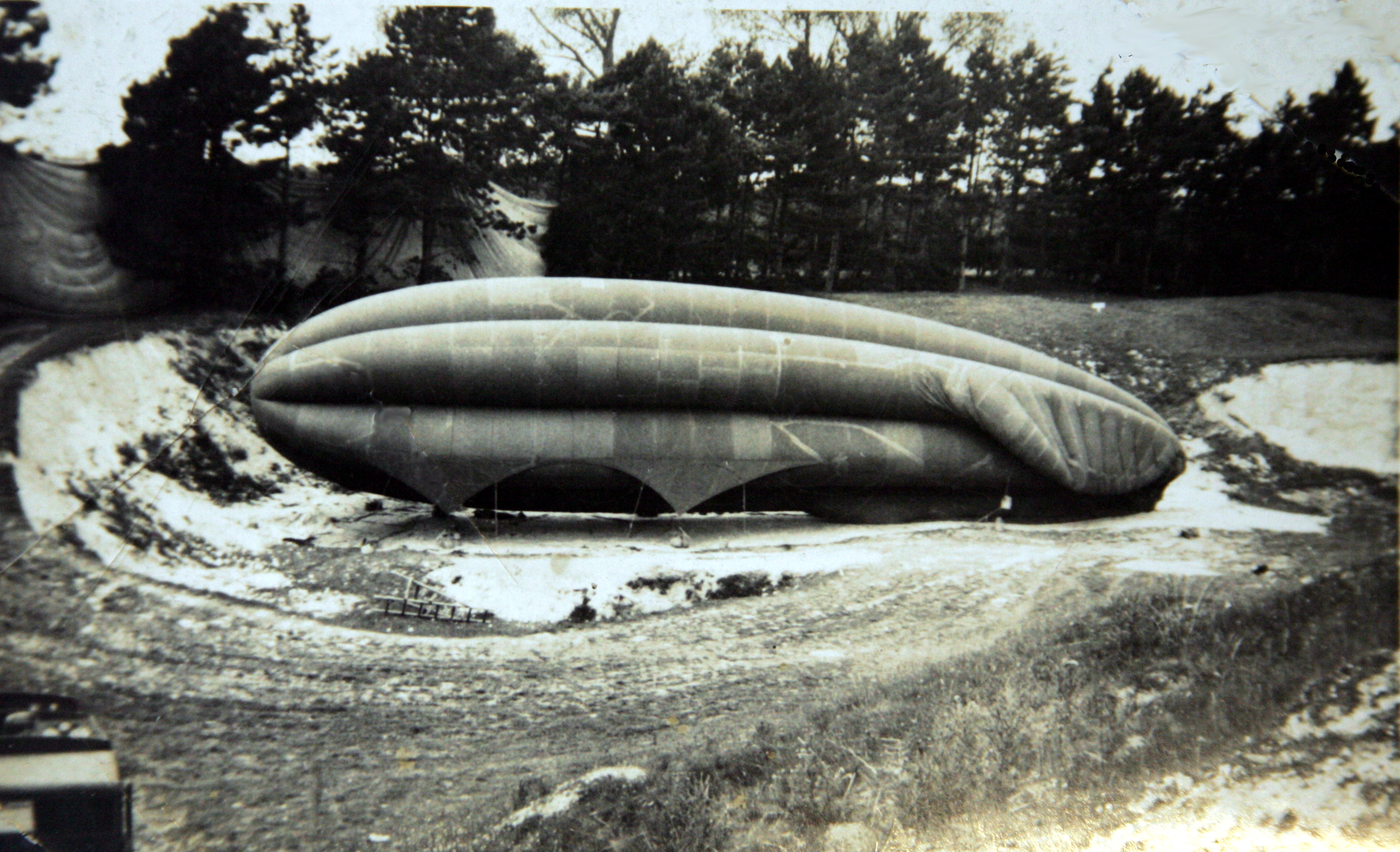
This is a typical French WW I design balloon in the chalk pit at Eriswell, known as the "banana" balloon due to the shape, note the stepladder in the foreground to give some idea of the size. It may well have been used for observation duties in WW I. Presumably it was imported for evaluation. It was destroyed when flying in 1939 at Lakenheath after being struck by lightning.
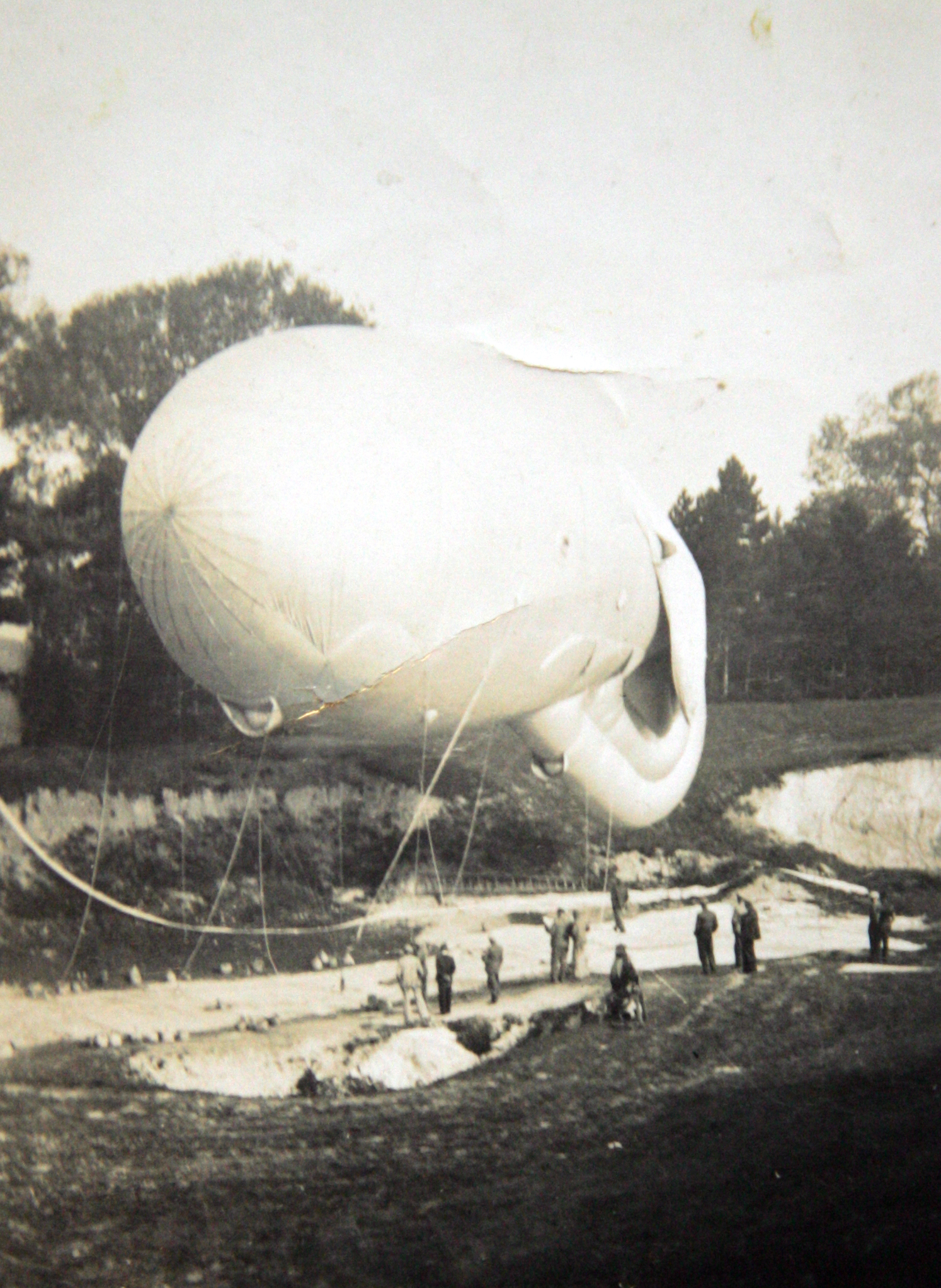
Here we have a classic British design balloon The figures standing beside it make it look huge!
Once in Exeter Tom and his crew were moved around Somerset until they found an area that offered seclusion and shelter for the balloons to fly. In the dark days of 1940 it was necessary to find a rural site with a low population that was sufficiently out of the way to carry out secret experiments to evaluate air defence options with balloons. This was Pawlett.
Balloons almost certainly similar to the above one were flown in the open at land accessible via Gaunts Road and Ham Lane.
The RAE meanwhile, between 16 July and 13 August 1940, had been carrying out tests on an experimental 1000ft (304.8m) barrage balloon scheme to see whether it would be suitable to protection of aerodrome buildings against low flying enemy aircraft. The tests showed where the location of the barrage was best placed and how obstructive it would be to an active fighter station.
Several 10ft (3.04m) diameter spherical "M" type balloons were attached to their 18-swg piano wires, breaking strength of 640lb with a weak shear link of 200-250lb breaking strength located 30ft from the winch. There was considerable interest in the use of various kites as well such as the WW I design Cody, Brook, and Cody Storm kites.
The Officers and men of No.87 Squadron explained to Hill and the RAE that at 1000 feet the barrage was too low and should be around 4000ft to be effective but this clashed with the role of an active fighter station. It was also explained that tactically the balloons gave away the position of the aerodrome and thus indicated a suitable target from a long way off. It was this comment that gave rise to quite a number of decoy Balloon Barrages around the country. German aircraft were known to jettison their bombs over Barrage Balloons when they saw them poking through the cloud below them as it was felt that somewhere below the balloon was a target worth hitting. Considerable numbers of Barrage Balloon members were killed from bombing attacks in WWII simply because the bombs were jettisoned over a balloon site.
In 1940 a large Balloon Hangar was constructed at Gaunts Road and Ham Lane, Stretcholt, Pawlett in Somerset. It was a short flying time from the airfields and thus ideally situated for the work. The balloon was kept inflated with hydrogen and kept in the hangar when not in use. It was brought out and launched using a special Fordson winch lorry. I am always amazed at the low fire incidence that was found at balloon sites when one considers the dangers of mixing smoking cigarettes and hydrogen gas!
The work was hard, dangerous and time consuming but it was only by repeated trials that the system of air defence using balloons and ultimately allied lives could be saved. A considerable number of men were sent to Pawlett to operate the balloons for the R.A.E., Tom Flack was one of these. At least 16 men were engaged on this work. On of whom was Joseph C. Morely who wrote about his time with balloons atEriswell and Pawlett.
Here is the link http://lakenheath.onesuffolk.net/assets/Times-Remembered-Stories/War-work-1939-1946-J.-C.-Morley.pdf
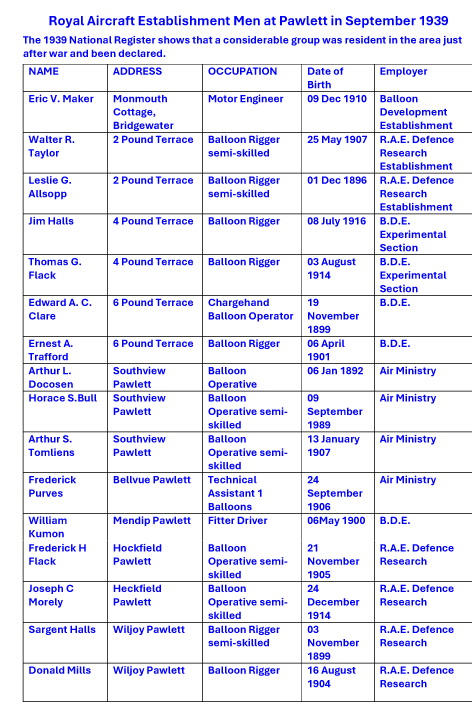 d.
d.
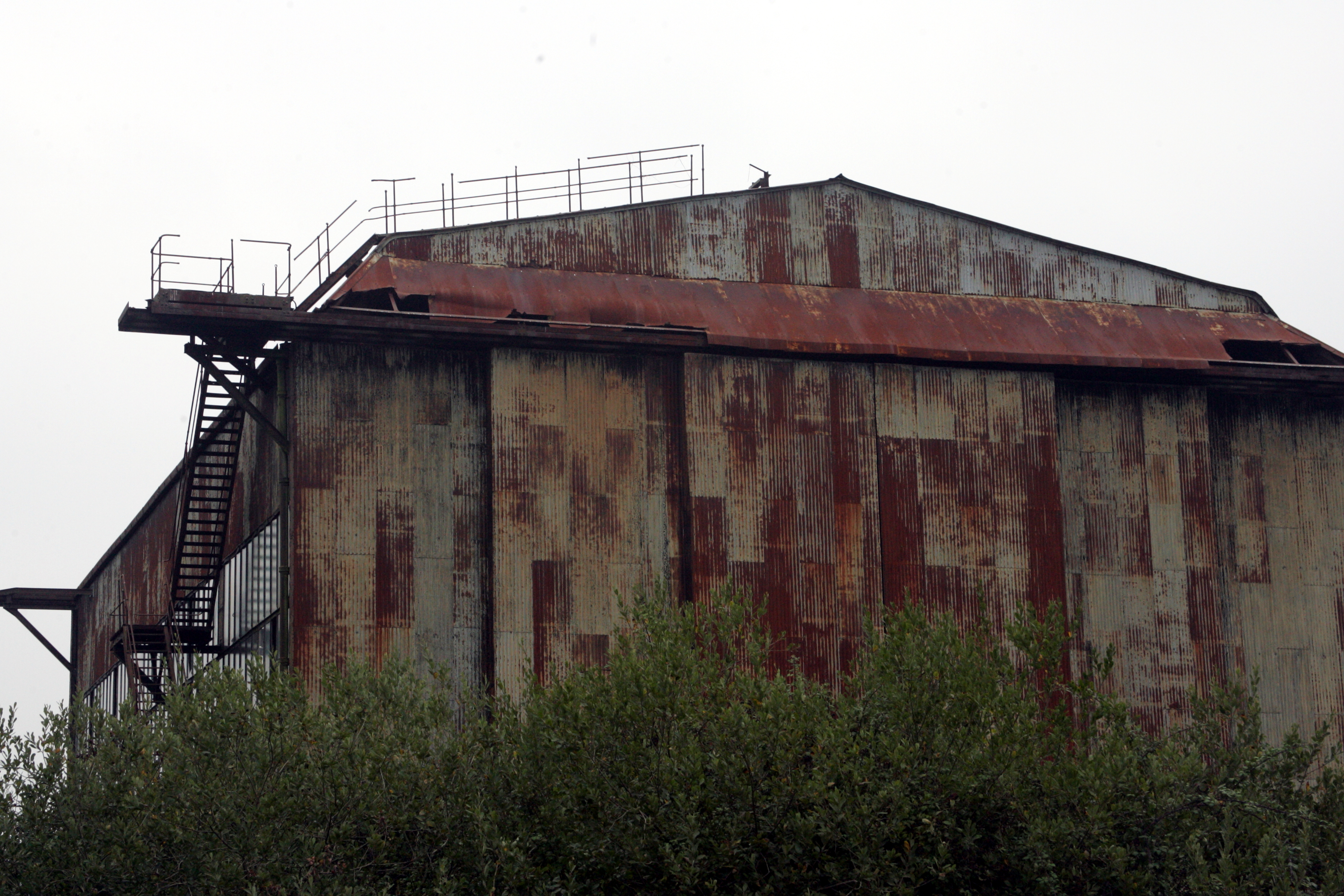
The Hangar View in 2006
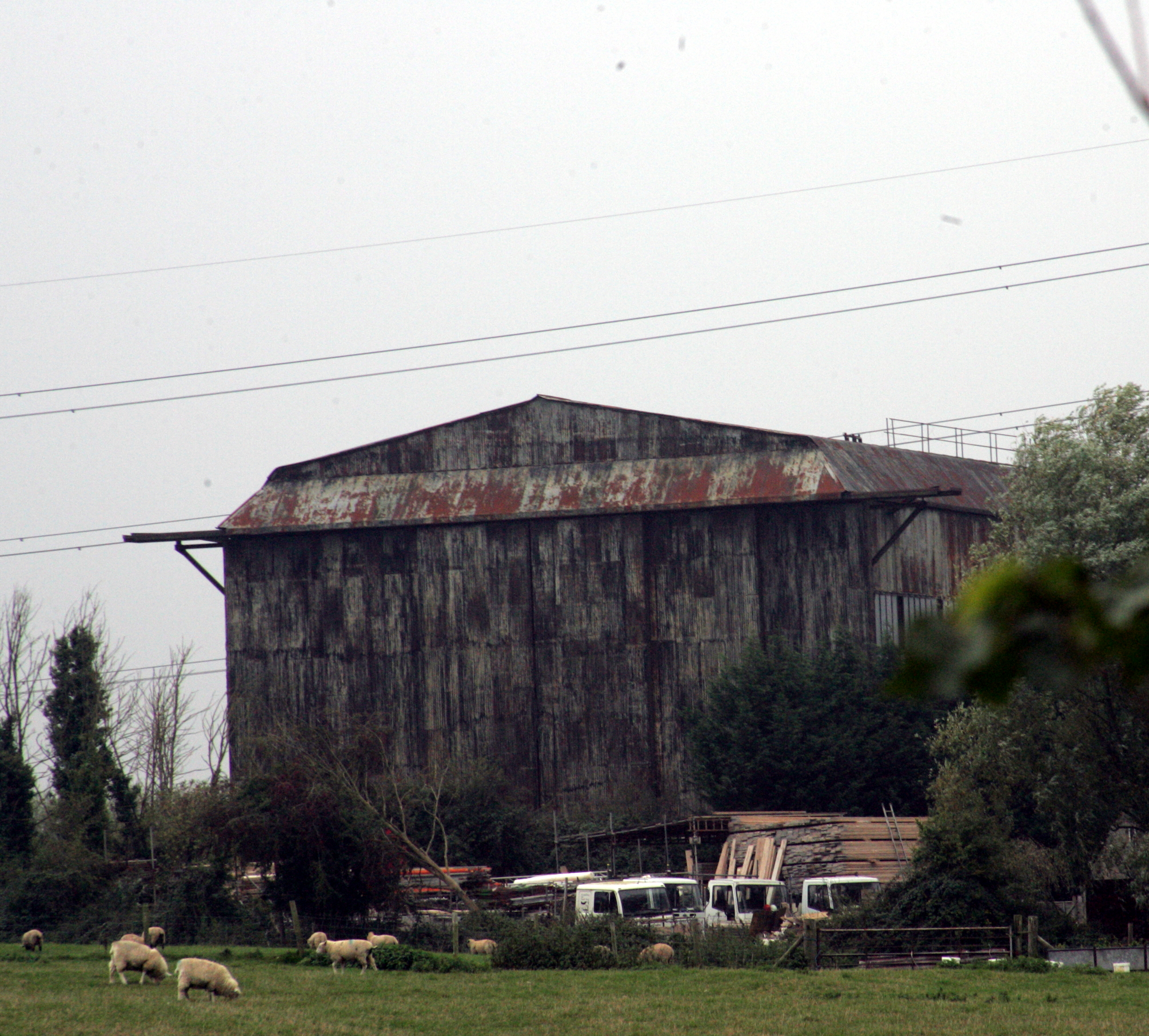
The Hangar View in 2006
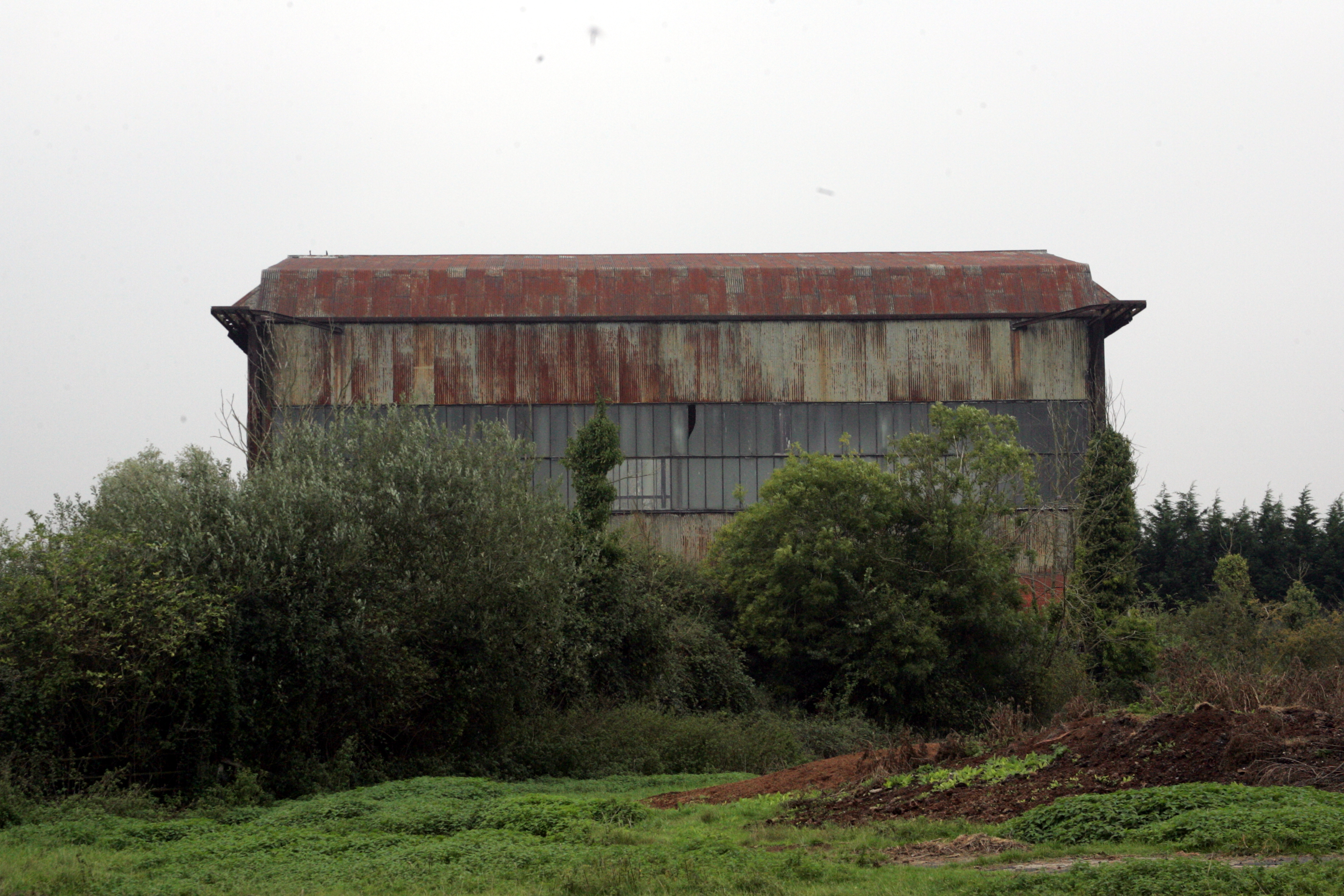
The Hangar View in 2006
The experiments were aimed at testing different cables and it was only when a German balloon was captured after drifting over the channel that it was understood how weaker the German cable design was compared to the British cable.
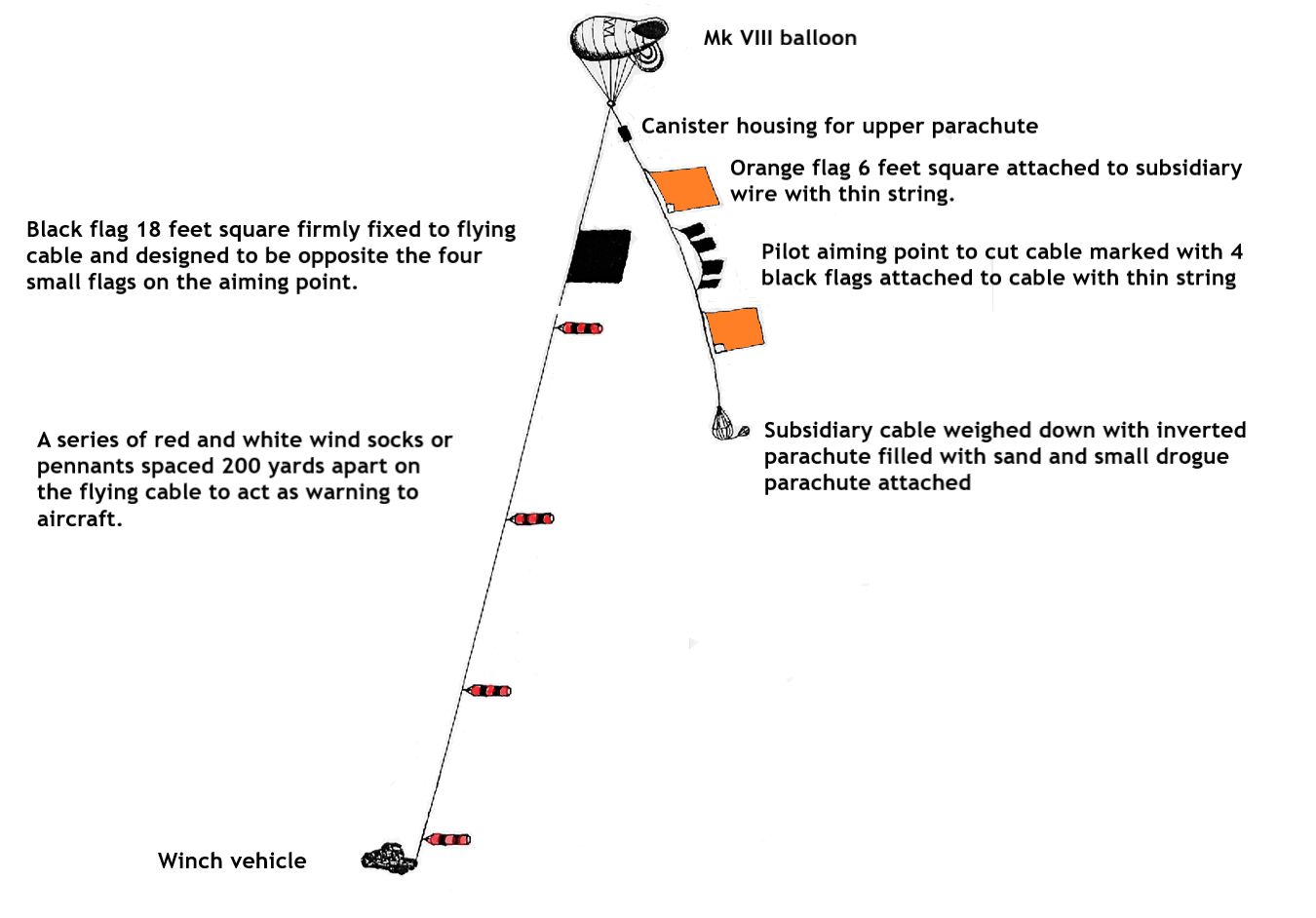
It was not unknown for our balloons to break free and the damage they caused was legendary. As the trailing steel cable dragged itself over house roofs, tearing of tiles and chimneys. Short-circuiting high tension electricity pylon cables, blacking out vast tracts of the country, and tearing down telephone wires.
Eventually these balloons would snag the cable against something and remain tethered until the crew could come along and winch it down to earth if it had not managed to puncture itself. Tom and his crew went to recover one such balloon from Somerton, Wiltshire and having found it deflated it and placed into the back of a lorry they set off for Pawlett only to be stopped by the Home Guard who could not comprehend how a civilian was driving an army lorry with a deflated balloon in the back. As his accent was East Anglian he was thought to be a German spy and was detained until the authorities could check out his story! After two years in a reserved occupation at Gaunts Road, Pawlett Tom was called up to serve in the Royal Air Force and saw action abroad in Burma, in the "Forgotten Army", he holds the Burma star.
The principle of the cable cutting experiments was to ensure that the flying cable was such that it made a angle of around 45 degrees with the horizon. From the balloon a single cable was dangled vertically down with drogue parachutes attached and warning flags. The aircraft would deliberately fly into the cable and attempt to cut the cable using various methods such as hardened leading edges to the wing. It was eventually found that a small cable cutting chisel fired by an explosive bolt was the answer. As the wing hit the cable the aircraft slewed around and the cable would slide along the leading edge of the wing and enter a small notch in the wing. This would detonate a cartridge that would fire a hardened chisel and sever the cable in two. The pilot then was able to recover his aircraft from any stall.
It was John Baker (see below) an incredible engineer of Martin-Baker Aircraft Company Limited who eventually (He also designed the ejector seat) designed the standard cable cutter for fitment to aircraft wings.
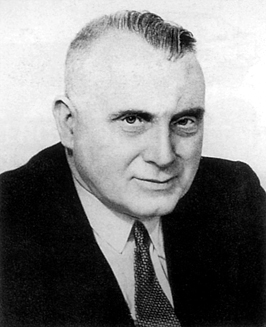
During WW II over 250,000 cutters were made.
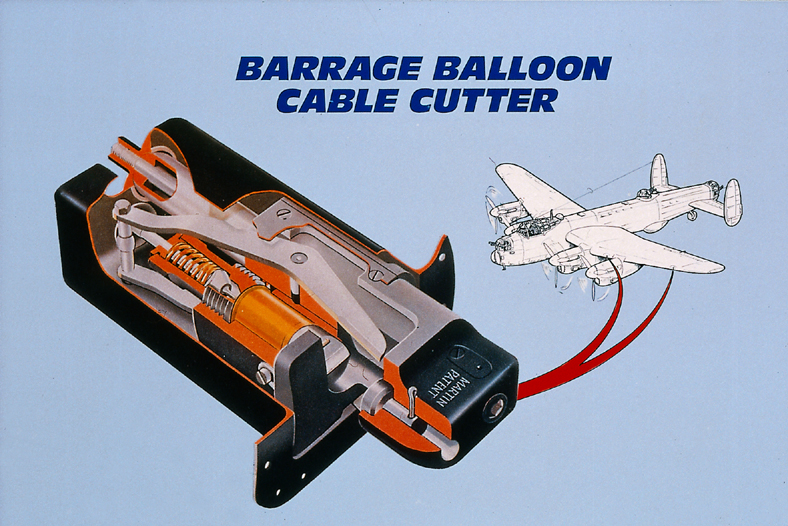
It was fired by using a special 12 bore cartridge that fired a hardened chisel into any cable that entered the cutter device- it also unfortunately managed to sever a few fingers from airmen who failed to treat it with extreme care!.